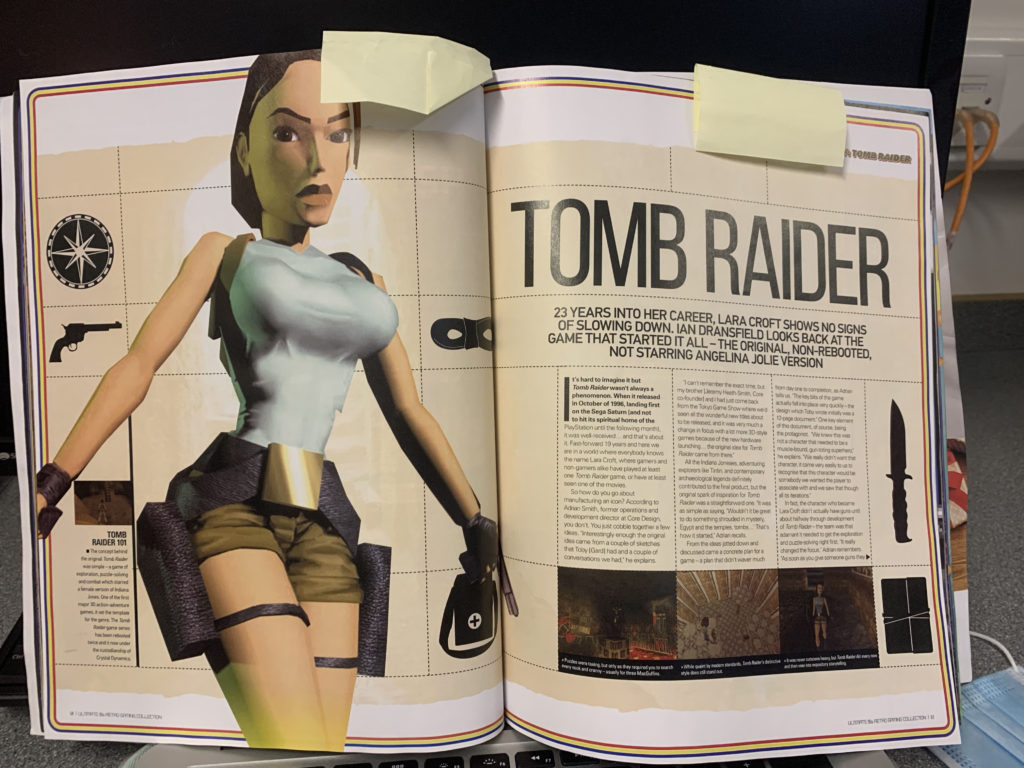TEEN VOGUE (which we covered in the AS course – link here)
Teen Vogue is a former US print magazine and current online publication launched in 2003 as a sister publication to Vogue, targeted at teenage girls. Like Vogue, it included stories about fashion and celebrities. The main categories are: Identity, beauty, style, lifestyle and politics. The target audience would be teens and young adults because the celebrities featured on the front are teenagers. Cross media titles: print and digital. Teen vogue is worth 5 million dollars.
https://www.teenvogue.com/story/women-in-music-2019
This post by teen vogue is about woman in music and how they are reshaping the industry. The article features new upcoming female artists talking about how they entered the music business and their current life in music and performing is treating them. This article mixes the popular music industry with feminism and women empowerment. It promotes and praises a feminist ideology and the fact that the music business is typically male dominated. It is a reactionary article for teen vogue to write as it deals with common themes they talk about such as women, pop music, fashion and feminism.
Tweets every hour to appeal to a young, active target audience.
- Stuart hall’s theory applies to this article as young girls will react dominantly to the text.
- They will listen to what their idols have to say.
TOMB RAIDER (which we covered in the AS course – link here)
Lara Croft of TOMB RAIDER fame is a video game icon. She was one of the first female protagonists in a gaming industry filled with women in supporting roles. And she has come a long way.
A media franchise that originated with an action-adventure video game series created by British gaming company Core Design.
One view:
- RADICAL as there is a female protagonist
- challenges dominant ideologies in action games
- female empowerment
Another view:
- sexualised to appeal to a stereotypical audience of straight males (male gaze)
- theory of preferred reading (Stuart Hall)
THE VOICE WEBSITE (link here)
The Voice, founded in 1982, is the only British national Afro-Caribbean weekly newspaper operating in the United Kingdom. The paper is based in London and is published every Thursday.
The newspaper is representative of black british experiences.
The editorial tone and content of The Voice has often come under criticism. At the launch of the New Nation newspaper, the paper’s editor, Richard Adeshiyan referred to The Voice as a “doom-and-gloom sheet” which prints damaging news and images of blacks as victims.
SIMS FREEPLAY (the game, Facebook page, twitter feed)
- Recieved mainly positive reviews but was banned in China, saudi arabia, United Arab States etc… for portraying homosexual couples
- Real time game simulation
- Created by EA
- Released for iphone for free and different devices
METROID: PRIME 2 ECHOES (game cover,
- Gaming magazine targeted for people aged 12+
- Released in November 2002
- Developed by Retro Studios and published by Nintendo for the GameCube.
- Cover:








